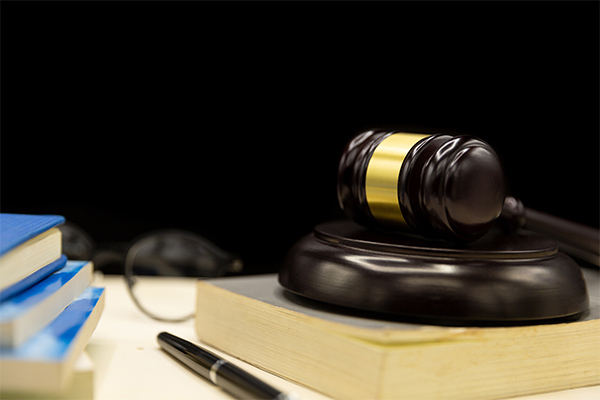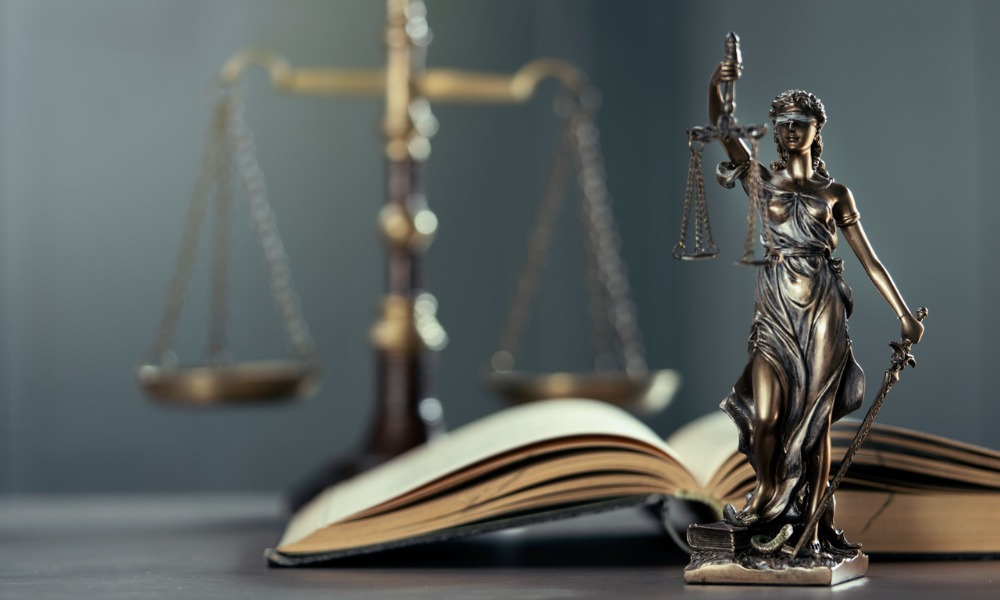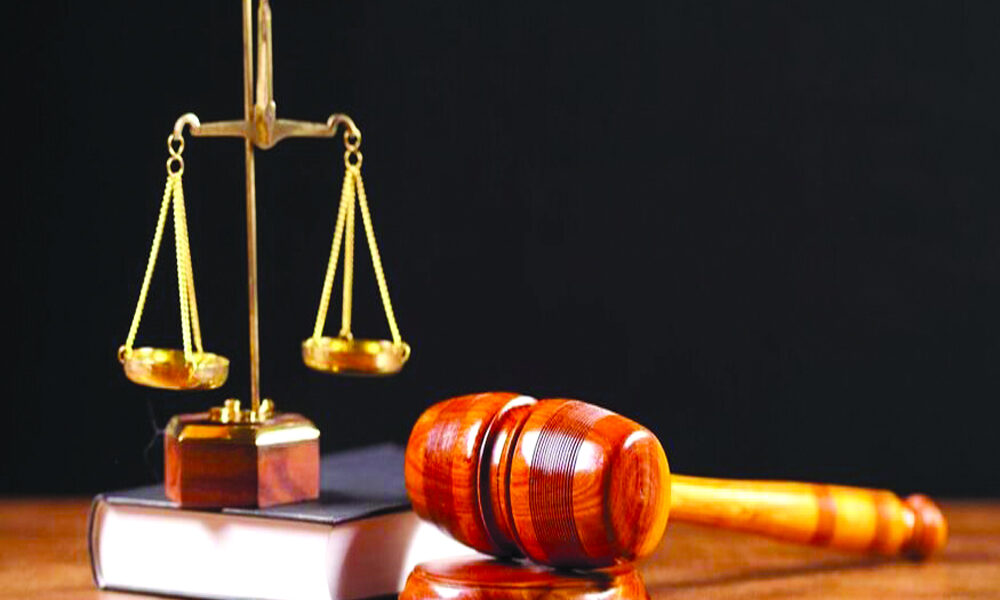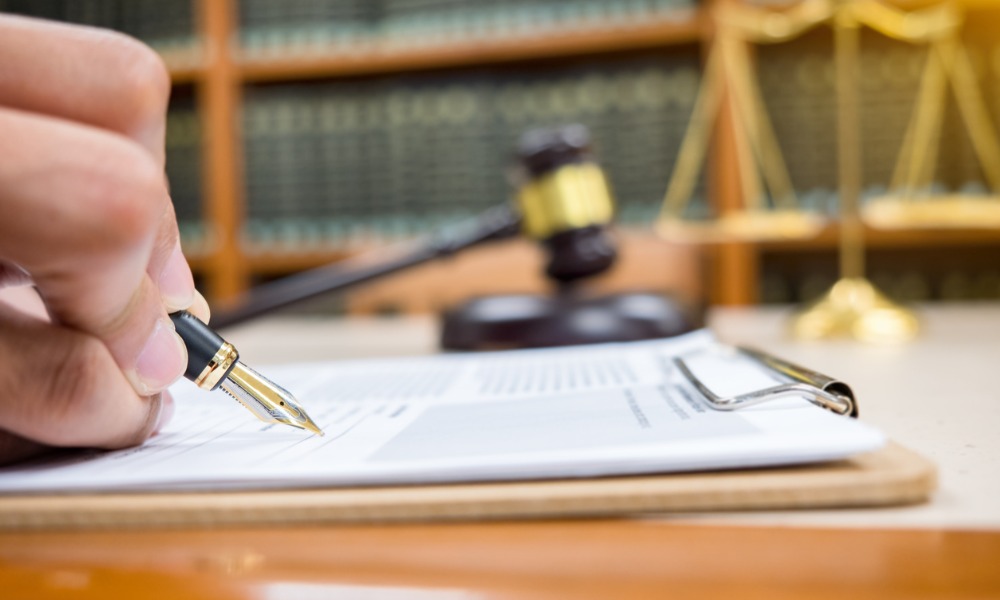Freedom of Speech in the Digital Age: Where to Draw the Line

Freedom of speech is a fundamental right that has long been championed as a cornerstone of democracy. In the digital age, however, the boundaries of this right have become increasingly complex. The rise of social media platforms, online forums, and digital communication has created new avenues for expression, but it has also raised critical questions about where to draw the line between free speech and harmful content. This article explores the challenges and considerations surrounding freedom of speech in the digital era, offering insights into the ongoing debate.
The Expanding Scope of Freedom of Speech
The digital age has dramatically expanded the scope of freedom of speech. With the advent of the internet, individuals have unprecedented access to platforms where they can share their opinions, ideas, and beliefs with a global audience. Social media sites like Facebook, Twitter, and Instagram have become the modern-day public squares, where speech is not only free but also amplified.
However, this expanded scope has also brought new challenges. The sheer volume of content generated online means that harmful speech—such as hate speech, misinformation, and cyberbullying—can spread rapidly, with potentially devastating consequences. This has led to increased calls for regulation, raising questions about how to balance the right to free speech with the need to protect individuals and society from harm.
The Role of Social Media Platforms
Social media platforms play a pivotal role in shaping the discourse around freedom of speech in the digital age. These platforms have the power to amplify voices, but they also have the responsibility to moderate content. The challenge lies in finding the right balance between allowing free expression and preventing the spread of harmful content.
Many platforms have implemented community guidelines and content moderation policies to address these challenges. For instance, Facebook and Twitter have policies that prohibit hate speech, harassment, and the spread of misinformation. However, these policies are often criticized for being either too lenient or too restrictive, leading to debates about censorship and the power of tech companies to control speech.
Moreover, the algorithms that govern what content is seen by users can inadvertently promote divisive or harmful content, further complicating the issue. The role of these platforms in shaping public discourse has led to calls for greater transparency and accountability in how they enforce their content policies.

Legal Perspectives on Freedom of Speech Online
From a legal standpoint, freedom of speech in the digital age is governed by a complex interplay of national laws, international human rights standards, and the policies of private companies. In the United States, the First Amendment protects freedom of speech, but this protection is not absolute. Certain types of speech, such as incitement to violence and defamation, are not protected under the First Amendment.
In contrast, other countries have different approaches to regulating speech online. For example, in Europe, the General Data Protection Regulation (GDPR) imposes strict rules on how personal data can be used, which can impact the spread of information online. Additionally, some European countries have laws that specifically target hate speech and require platforms to remove illegal content quickly.
The global nature of the internet complicates enforcement of these laws, as content that is legal in one jurisdiction may be illegal in another. This has led to ongoing debates about how to create a cohesive legal framework that protects freedom of speech while addressing the unique challenges posed by the digital age.
Where to Draw the Line
Drawing the line between protected speech and harmful content is one of the most contentious issues in the digital age. On one hand, freedom of speech is essential for the free exchange of ideas and the functioning of a democratic society. On the other hand, there is a growing recognition that unchecked harmful speech can lead to real-world harm, such as violence, discrimination, and the erosion of trust in democratic institutions.
One potential approach is to adopt a more nuanced view of freedom of speech that considers the context and potential impact of the speech in question. This could involve implementing more sophisticated content moderation tools that take into account the intent, audience, and potential harm of the speech. Additionally, greater transparency in how decisions about content are made could help build trust and ensure that the balance between free speech and harm prevention is struck fairly.
Conclusion
Freedom of speech in the digital age presents new challenges that require careful consideration and balanced approaches. While the right to free expression is fundamental, it must be weighed against the potential for harm in an increasingly connected and globalized world. As society continues to grapple with these issues, it is essential to find solutions that protect both the right to speak freely and the well-being of individuals and communities.




